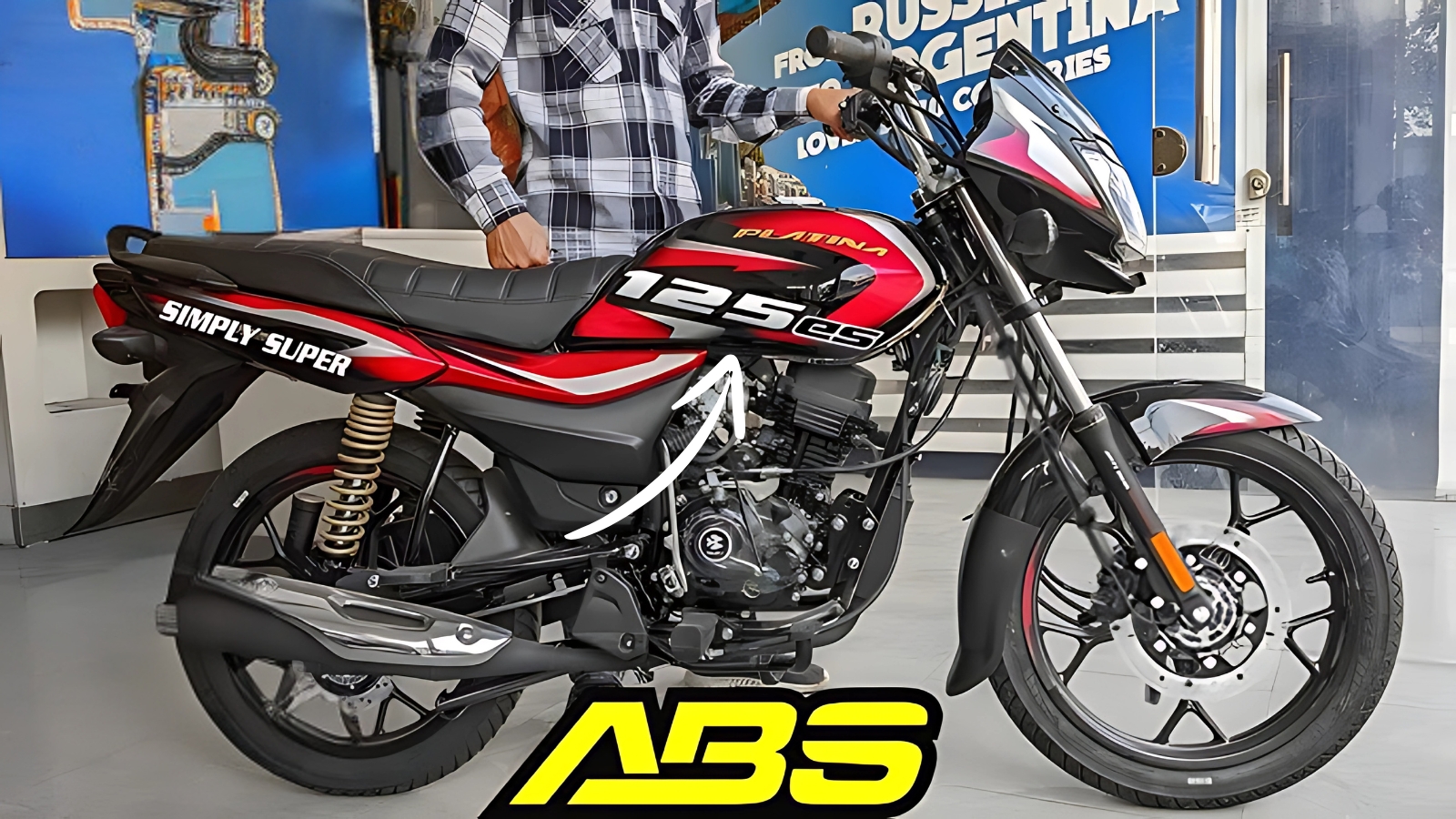Bajaj Platina 125: Bajaj Auto has strategically expanded its popular Platina lineup with the much-anticipated Platina 125, targeting the expanding 125cc commuter segment where fuel efficiency meets enhanced performance. This new addition represents more than just a displacement upgrade – it embodies Bajaj’s commitment to delivering practical, economical transportation solutions that address the evolving needs of India’s vast commuter base.
Launch Strategy Addresses Market Gap
The Platina 125’s arrival comes at a crucial time when Indian consumers are increasingly seeking motorcycles that offer more power than traditional 100cc models without sacrificing the legendary fuel efficiency that made the Platina series famous. Industry sources indicate that Bajaj Auto is planning to launch this 125cc variant in FY2026, likely around March 2026, as part of its strategy to capture greater market share in the lucrative 125cc segment.
This timing aligns perfectly with market trends showing sustained growth in the 125cc category, where buyers seek motorcycles capable of both city commuting and occasional highway use. The Platina 125 slots strategically below the Pulsar 125 in Bajaj’s hierarchy, creating a clear differentiation between performance-oriented and comfort-focused offerings.

Engine Specifications Promise Optimal Balance
At the heart of the Platina 125 lies a 124.4cc single-cylinder, air-cooled DTS-i engine that produces 11.5 PS at 7,500 rpm and 11 Nm of torque at 5,000 rpm. This powerplant represents a significant step up from the existing Platina 110’s 115.45cc engine while maintaining the series’ focus on fuel efficiency and reliability.
The engine incorporates Bajaj’s proven DTS-i technology and ExhausTEC system, which optimizes combustion efficiency and reduces emissions. This combination enables the Platina 125 to deliver an impressive fuel economy of 65-70 kmpl under normal riding conditions, making it one of the most efficient motorcycles in its segment.
Comfort-Focused Design Philosophy
The Platina 125 continues the series’ tradition of prioritizing rider comfort through its advanced ComforTec technology. The motorcycle features long-travel telescopic front forks and SNS (Spring-in-Spring) rear suspension, providing excellent bump absorption on India’s varied road surfaces. This suspension setup, combined with a well-cushioned seat, ensures fatigue-free riding even during extended journeys.
The design language remains familiar yet contemporary, with stylish dual-tone color schemes and modern body graphics that appeal to younger riders without alienating traditional customers. The motorcycle maintains the upright riding position that has become synonymous with the Platina brand, ensuring comfort during daily commutes.
Technology Integration Meets Practical Needs
Modern commuters demand more than just basic transportation, and the Platina 125 responds with a semi-digital instrument cluster that combines an analog speedometer with a digital display. This setup provides essential information including fuel level, odometer readings, and trip meter data in a clear, easy-to-read format.
The motorcycle also features a convenient “Ride Control” switch that helps optimize fuel consumption, along with an LED headlamp with DRL for improved visibility. These technological additions demonstrate Bajaj’s commitment to modernizing the Platina series while maintaining its core value proposition.
Competitive Positioning and Market Strategy
With an expected price range of ₹76,000-₹82,000, the Platina 125 positions itself competitively against rivals like the Hero Splendor Plus, Honda Shine, and TVS Raider. The motorcycle’s value proposition lies in its superior comfort, proven reliability, and exceptional fuel efficiency – attributes that resonate strongly with price-conscious Indian consumers.
The Platina 125 will be available in two variants: a standard model with drum brakes and a premium variant featuring a 240mm front disc brake. This approach allows Bajaj to cater to different price points while maintaining the series’ accessibility to a broad customer base.
Safety Features Address Modern Requirements
Safety remains paramount in the Platina 125’s design, with standard features including a Combined Braking System (CBS) that distributes braking force evenly between front and rear wheels. The optional front disc brake variant provides enhanced stopping power for riders seeking additional safety margins.
The motorcycle also features tubeless tires, engine kill switch, and side stand engine cut-off function, ensuring comprehensive safety coverage that meets current regulatory requirements while providing peace of mind to riders and their families.
Maruti Dzire – Shandar design sedan launch with budget price
Market Impact and Future Outlook
The Platina 125’s entry into the market is expected to strengthen Bajaj’s position in the 125cc segment, where the company has traditionally been underrepresented compared to its dominance in the 100cc and 150cc categories. With India’s growing preference for slightly larger displacement motorcycles that offer better highway capability, the Platina 125 arrives at an opportune moment.
The motorcycle’s emphasis on fuel efficiency, comfort, and affordability aligns perfectly with the needs of India’s expanding middle class, particularly in smaller cities and rural areas where the Platina brand enjoys strong recognition and loyalty.
Bajaj Platina 125 Conclusion: Evolution of a Trusted Formula
The Bajaj Platina 125 represents a thoughtful evolution of the Platina philosophy – maintaining the series’ core strengths while adapting to contemporary market demands. By combining proven reliability with modern features and enhanced performance, Bajaj has created a motorcycle that honors the Platina legacy while positioning it for future success in India’s dynamic two-wheeler market.
